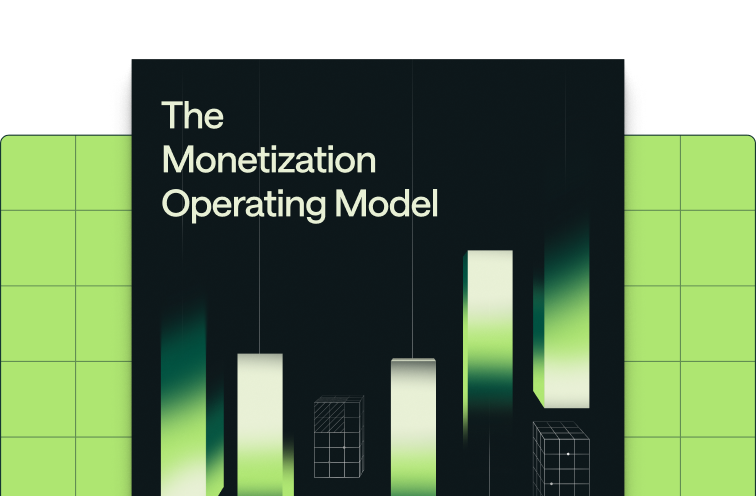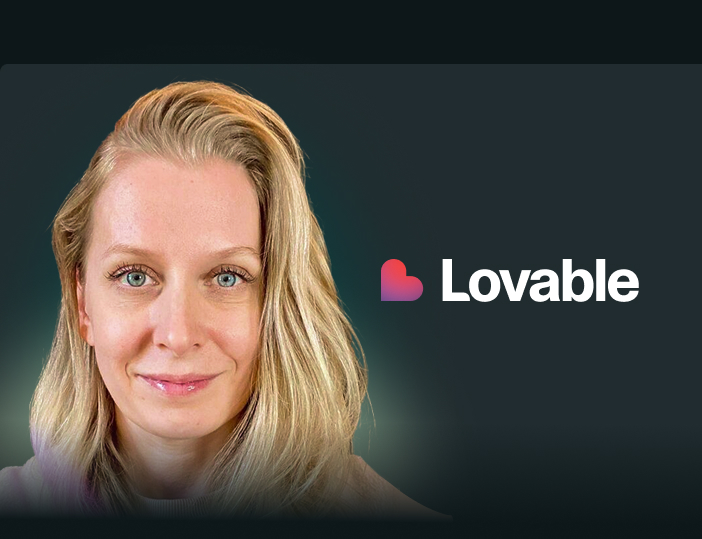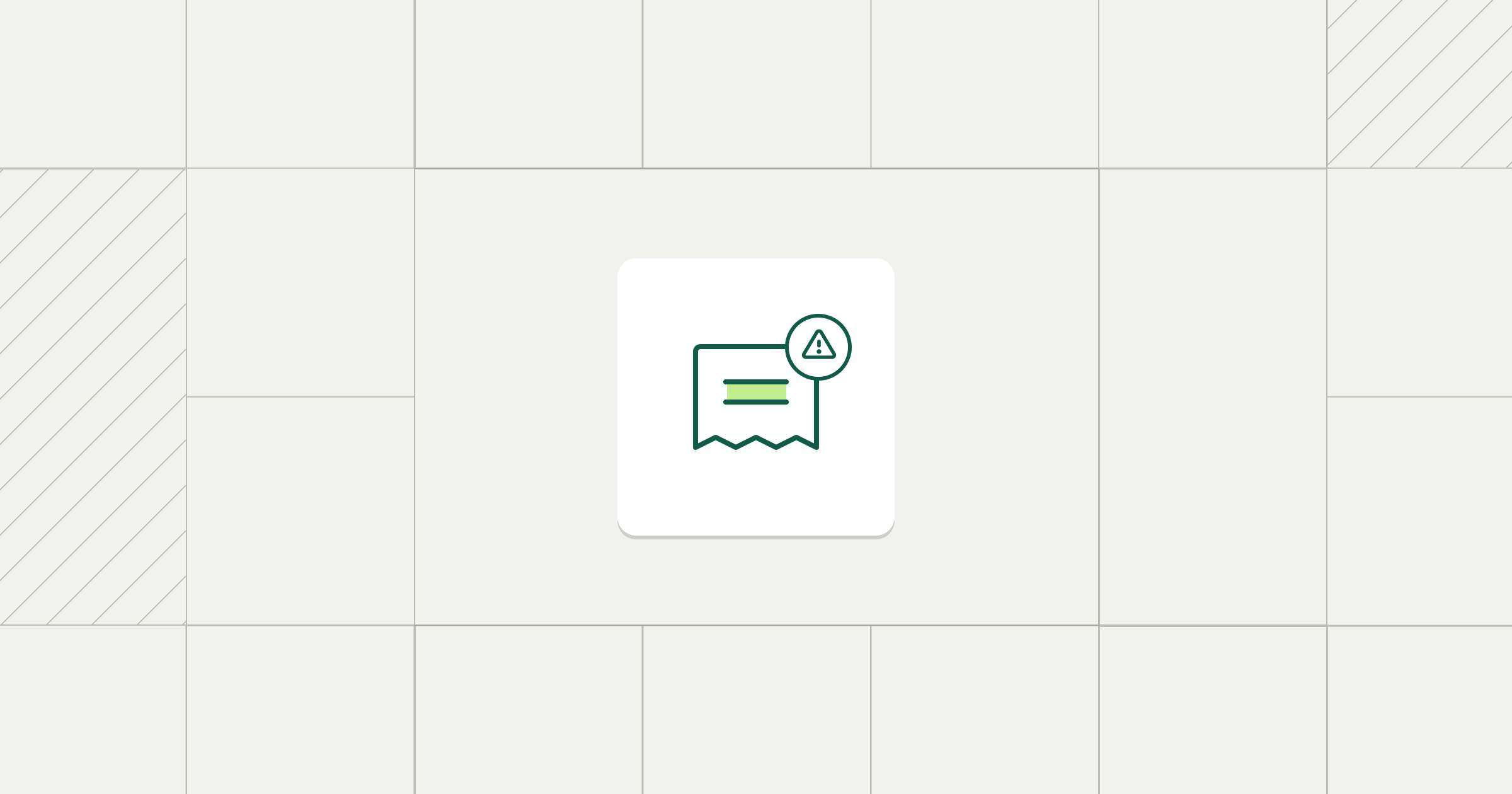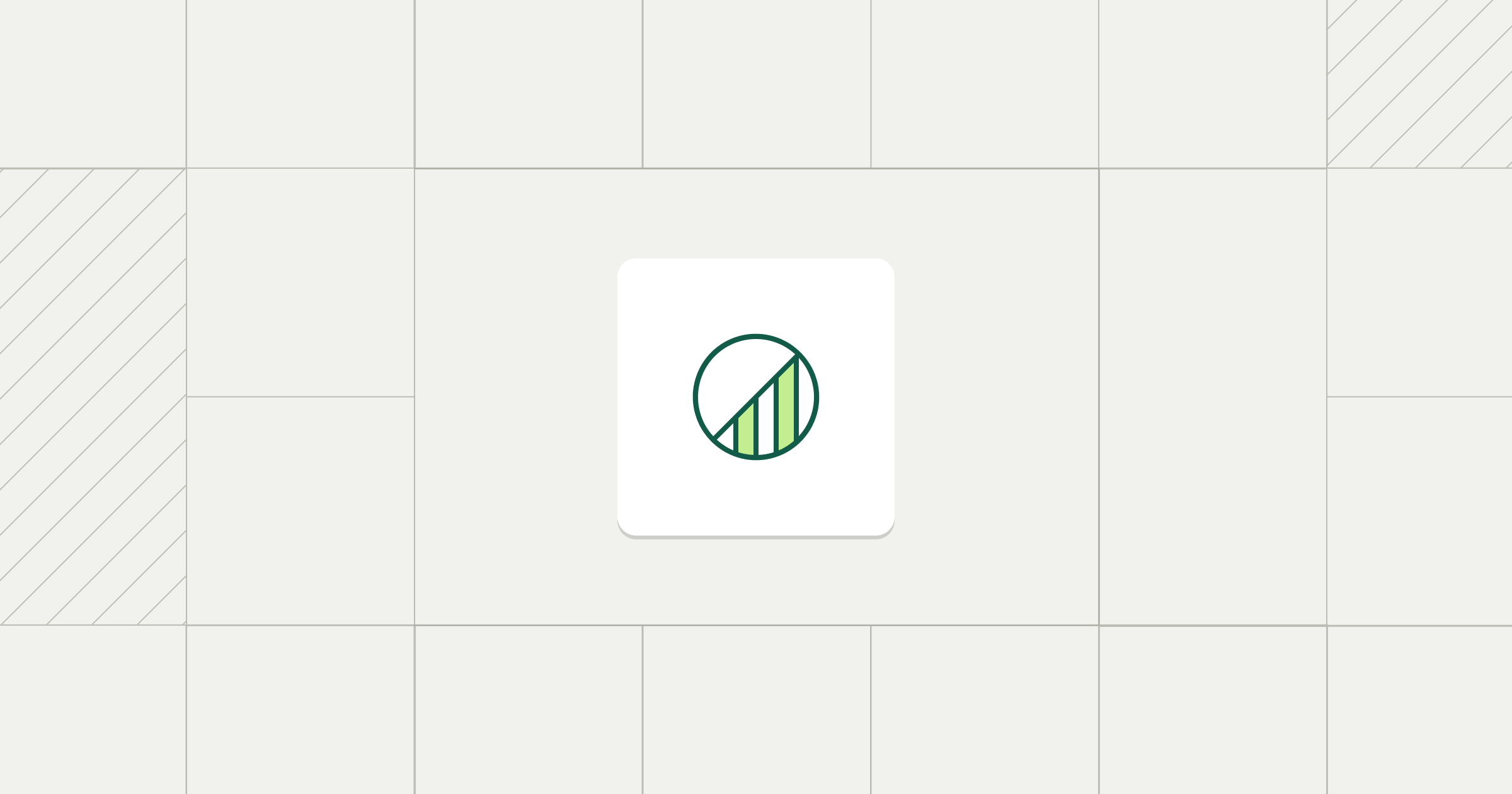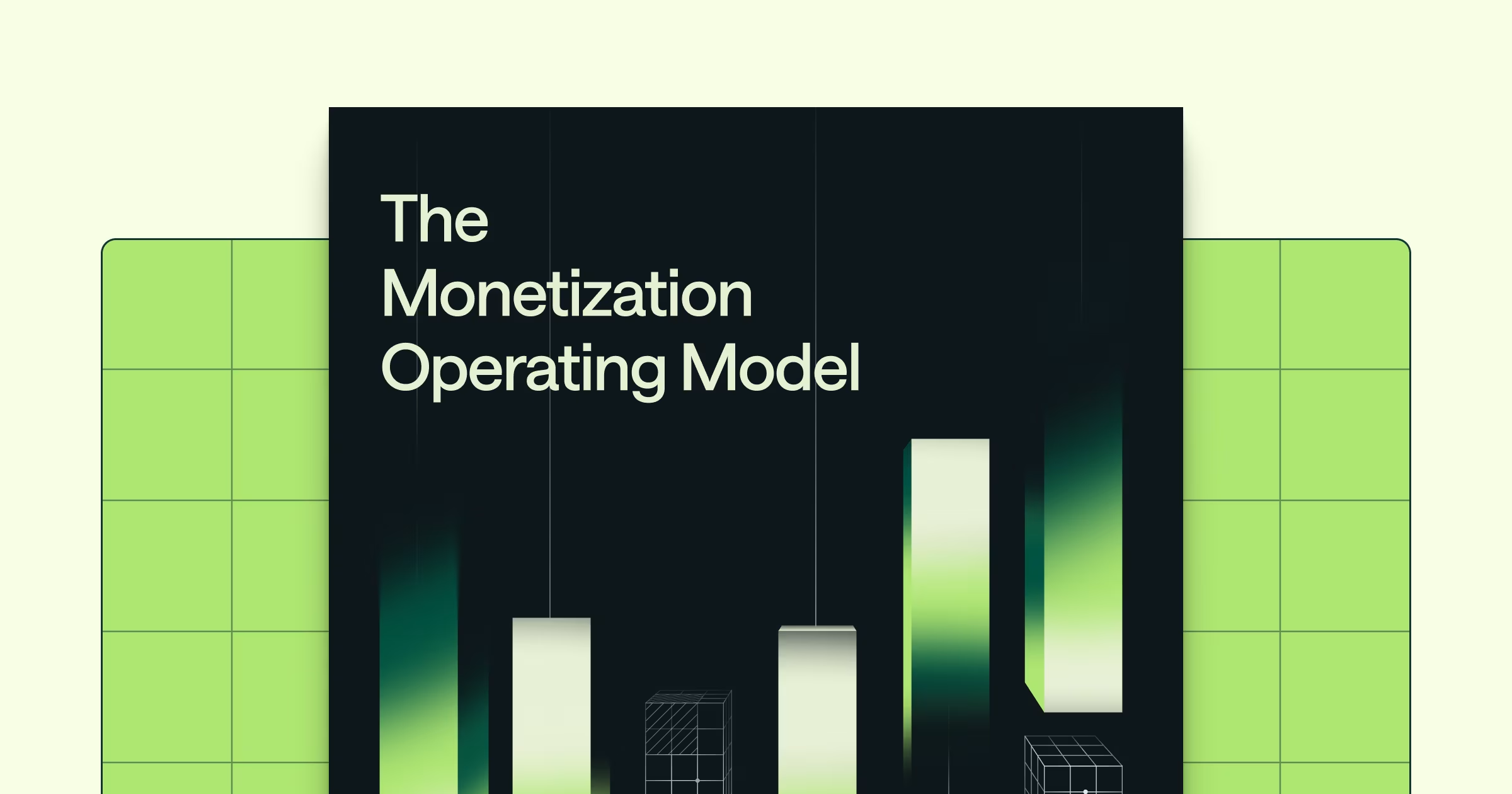Share
Overage fees have long been a go-to pricing mechanism for businesses in usage-based models, charging customers for usage that exceeds a predefined limit. Now, the tide is turning. More companies are shifting to committed usage rates—a more predictable and customer-friendly approach that nurtures long-term growth. In this blog, we’ll unpack the concept of overage, its origins, why it matters, how businesses can embrace commit rates instead, and how tools like Metronome can support this transition.
What is overage?
When customers exceed predefined usage amounts, they are charged for the additional consumption, also called overage. For instance, a customer with a cloud storage plan of 1TB who uses 1.2TB may pay for the overage of 200GB.
Overages can be thought of as a way to extend the customer’s purchase and product usage beyond fixed, predetermined amounts. They ensure that as customers consume more resources, pricing scales proportionately. When designed well, overage costs can strike a balance between rewarding the customer for their growth and ensuring equitable revenue distribution for businesses.
A brief history of overage: Who created it?
Overage fees date back to the early telecommunications industry. Mobile providers in the 1990s and early 2000s used overage charges to manage scarce network resources. Plans included strict limits on minutes, texts, or data, and customers exceeding those caps faced steep charges.
The model gained traction because it offered flexibility—customers didn’t have to upgrade to a higher plan for occasional usage spikes. However, as usage-based pricing models expanded to cloud services and SaaS, even the term itself often started to feel punitive rather than practical.
Why overage matters in usage-based pricing
For companies with usage-based pricing, overage fees historically played a significant role. If we think about the old “carrot and stick” metaphor, overage was often the stick, because it was priced punitively and was intended to push customers into committing to larger upfront purchases. This stemmed from the business’s desire for more cash flow and predictable revenue, which up-front commitments can help ensure. While this approach can be effective in getting customers to do what you want in the short term, they may not feel good about getting punished for using more of your product (something that you actually want them to do!) and may start looking at alternatives.
The great news is that overage pricing can also be used as a carrot, offering a long-term, win–win setup for both your customers and your business. If you offer discounted pricing for prepaid commits, you can pair that not with painful, high overage fees, but instead with list-rate prices or even with a slightly lower discount rate. This offers four main benefits:
- Your customers get a discounted rate on their commitment.
- You get more predictable revenue and cash flow since you’re offering discounts that encourage customers to commit to a larger upfront purchase.
- Your customers can continue getting a discount—slightly less, or even the same originally discounted rate—even after they go over their committed amount.
- Your customers keep using your product because you’re rewarding them for using it more than they had initially planned, creating a great customer experience and making it more likely that they’re happy with your service and stay for the long term.
With these clear benefits, your team also has a reliable way to upsell existing accounts into larger prepaid commits.
How companies can embrace commit rates
Companies are shifting away from the term “overage” to avoid its negative connotations associated with punitive pricing models. Instead, many companies, including Datadog and Snowflake, are adopting commit rate structures that combine prepaid commitments with predictable pricing for additional usage.
- Datadog uses hybrid monthly pricing for infrastructure and database monitoring, where customers commit to a monthly rate and pay a flat hourly rate for usage beyond their commitment.
- Snowflake offers enterprise customers annual contracts with a specific capacity commitment. Once the committed amount is exceeded, customers pay a predefined on-demand rate for the extra usage.
Transitioning from overage fees to commit rate agreements is not just about updating terminology—it requires a strategic, thoughtful approach. This change offers clear benefits and can reduce customer churn while encouraging broader product adoption. Here’s how to effectively make the switch:
- Offer discounts for commitments. Provide attractive incentives for customers to lock in higher usage thresholds. For example, you might offer customers a 10% discount for committing to 20% more usage.
- Enable flexible upgrades. Let customers increase their commitment mid-cycle as their usage scales, preventing any barriers to growth.
- Proactively monitor usage. Provide real-time insights and spend alerts to guide customers toward optimal plans, helping them avoid overages altogether.
- Communicate benefits clearly. Educate customers on how commit rates protect them from unpredictable bills and reward their growth.
How Metronome supports the shift to commit rates
If you’re considering making the transition to customer-friendly commit rates, Metronome is ready to help. Now, Metronome’s backend logic allows you to handle both a contracted commit rate along with a second rate that applies once the customer has used up their initial commitment. This might look like any of the following:
Example 1
- Commit rate: 10% off list rates
- On-demand price: List rate
Example 2
- Commit rate: 10% off list rates
- On-demand price: 3% off list rates
Example 3
- Commit rate: 10% off list rates
- On-demand price: $9.99 per API call
With Metronome’s built-in logic, you can manage both committed rates and fallback rates that kick in once the committed amount is used up—no engineering headaches required. The system automatically handles the transition to the fallback or on-demand rate, ensuring a smooth process without any manual intervention.
Additionally, if a customer uses up their initial commitment and opts to renew with a new one, Metronome lets you set a custom rate for the second commitment. This flexibility ensures you can adapt pricing to meet evolving customer needs effortlessly.
See the commits discount documentation for details.
Get started
Ready to build customer loyalty with commit rates? Reach out to your Metronome representative or contact us to explore how we can support the transition.



